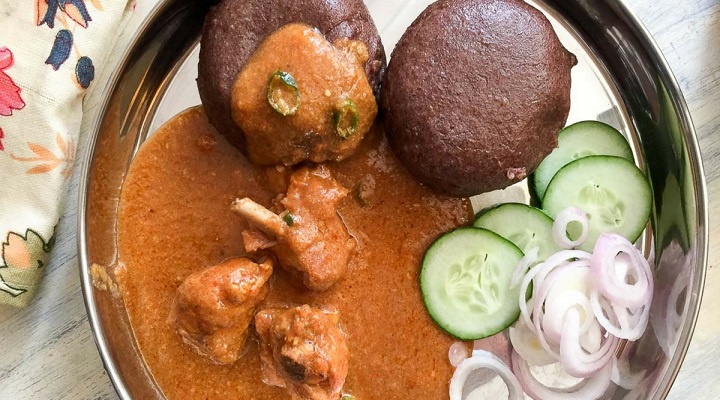In the realm of traditional Indian cuisine, there are hidden gems that have sustained generations with their nutritional benefits. One such gem is “Ragi Mudde,” a wholesome and hearty dish that originates from the southern regions of India. Made from finger millet flour, Ragi Mudde has been a staple in many households for its health benefits and satiating properties. In this article, we embark on a journey to explore the essence of Ragi Mudde, from its cultural significance to its nutritional prowess.
Contents
Understanding Ragi Mudde: A Nutrient-Dense Delight
Ragi Mudde, also known as Ragi Ball or Ragi Sangati, is a traditional South Indian dish that has stood the test of time. Its humble ingredients and simple preparation process belie its nutritional richness.
Ragi: The Nutritional Powerhouse Behind Ragi Mudde
Rich in Dietary Fiber: Ragi is a great source of dietary fiber, aiding digestion, and promoting a healthy gut.
Abundant in Calcium: The calcium content in ragi contributes to strong bones and teeth, making it a valuable addition to diets, especially for those avoiding dairy.
Iron-Rich: Ragi is packed with iron, which supports oxygen transport in the body, prevents anemia, and maintains vitality.
Plant-Based Protein: It offers a notable amount of plant-based protein, essential for muscle repair, growth, and overall well-being.
Low Glycemic Index (GI): Ragi’s low GI helps regulate blood sugar levels, making it an ideal choice for those with diabetes.
The Making of Ragi Mudde: A Traditional Culinary Art
Ingredients: – Ragi flour – Water – Salt
Cooking Technique: – In a pot, bring water to a boil. – Mix ragi flour with water and salt in a bowl, forming a smooth dough. – Shape the dough into small balls or cylindrical dumplings using wet hands. – Gently place the dumplings into the boiling water. – Cover and cook for about 20-25 minutes, ensuring the dumplings are fully cooked. – Serve hot with accompaniments like sambar, chutney, or a vegetable curry.
Cultural Significance of Ragi Mudde
Ragi Mudde is more than just a dish; it’s deeply ingrained in the cultural fabric of South India. It embodies tradition, family, and the flavors of home. Often shared during communal meals, it brings people together and fosters a sense of unity.
Health Benefits of Ragi Mudde: Nourishing the Body
Digestive Health: The high fiber content promotes regular bowel movements and supports a healthy digestive system.
Bone Health: Calcium and other minerals in ragi contribute to strong bones, preventing conditions like osteoporosis.
Energy Boost: The iron content in ragi helps combat fatigue and maintains energy levels.
Blood Sugar Management: Ragi’s low GI and high fiber content make it an excellent choice for managing blood sugar levels.
Satiety and Weight Management: The combination of fiber and protein keeps you feeling full for longer, aiding in weight management.
Versatility of Ragi Mudde: Beyond Tradition
While the classic Ragi Mudde is cherished, culinary enthusiasts often experiment with variations. Some add spices, herbs, or vegetables to enhance flavor and nutritional content.
Inclusivity in Diets: Ragi Mudde for All
Ragi Mudde transcends dietary preferences and restrictions. It’s naturally gluten-free, making it suitable for those with gluten sensitivities. It’s also a treasure trove of nutrients for vegetarians and vegans.
Conclusion
In a world where culinary trends often focus on innovation, Ragi Mudde stands as a wholesome tradition that remains relevant and essential. Its nutritional benefits, cultural significance, and versatility make it a culinary gem that deserves a place in modern diets. As you savor the warmth and nourishment of Ragi Mudde, remember that this simple dish encapsulates the wisdom of generations and the sustenance of communities.
